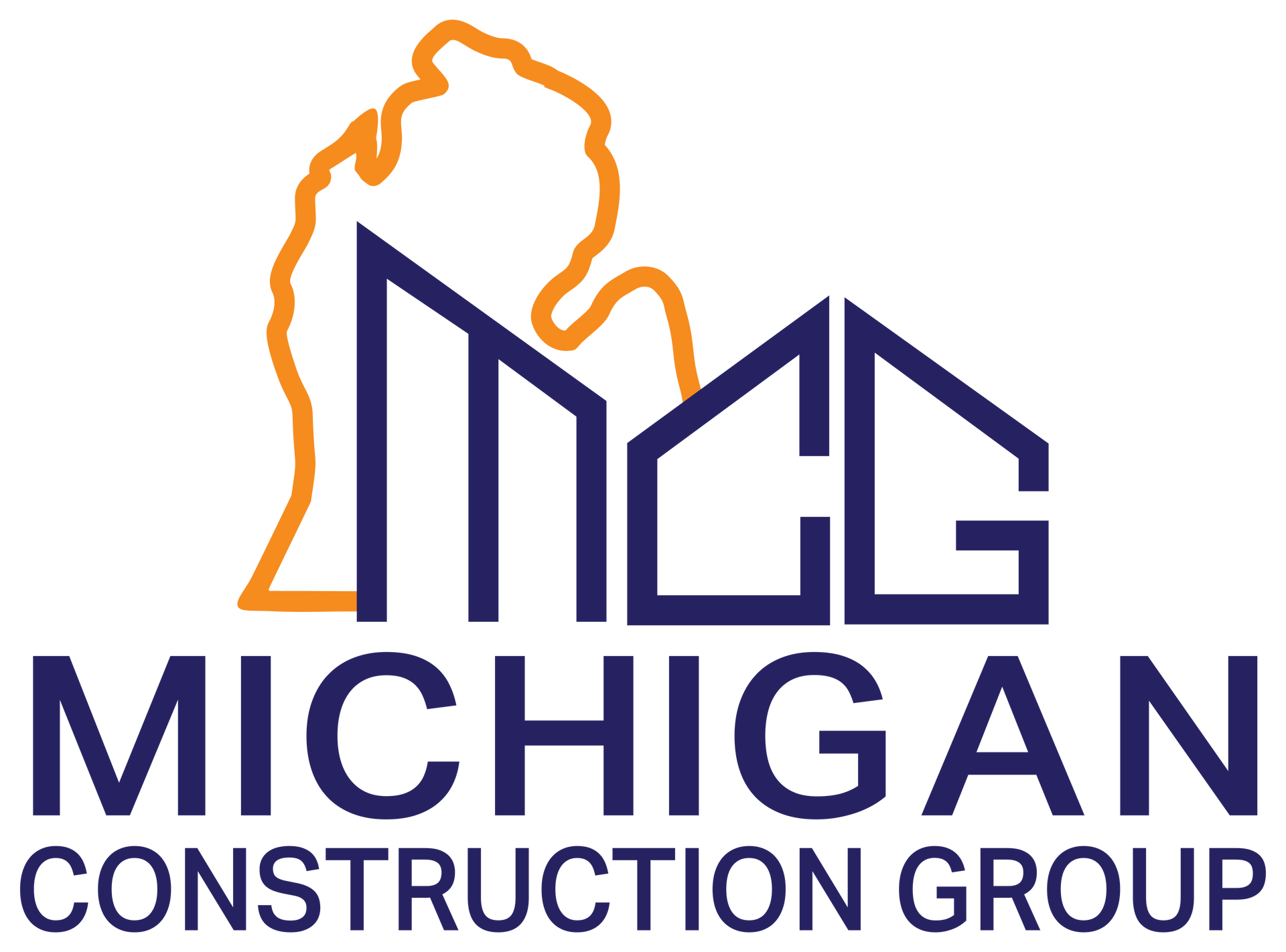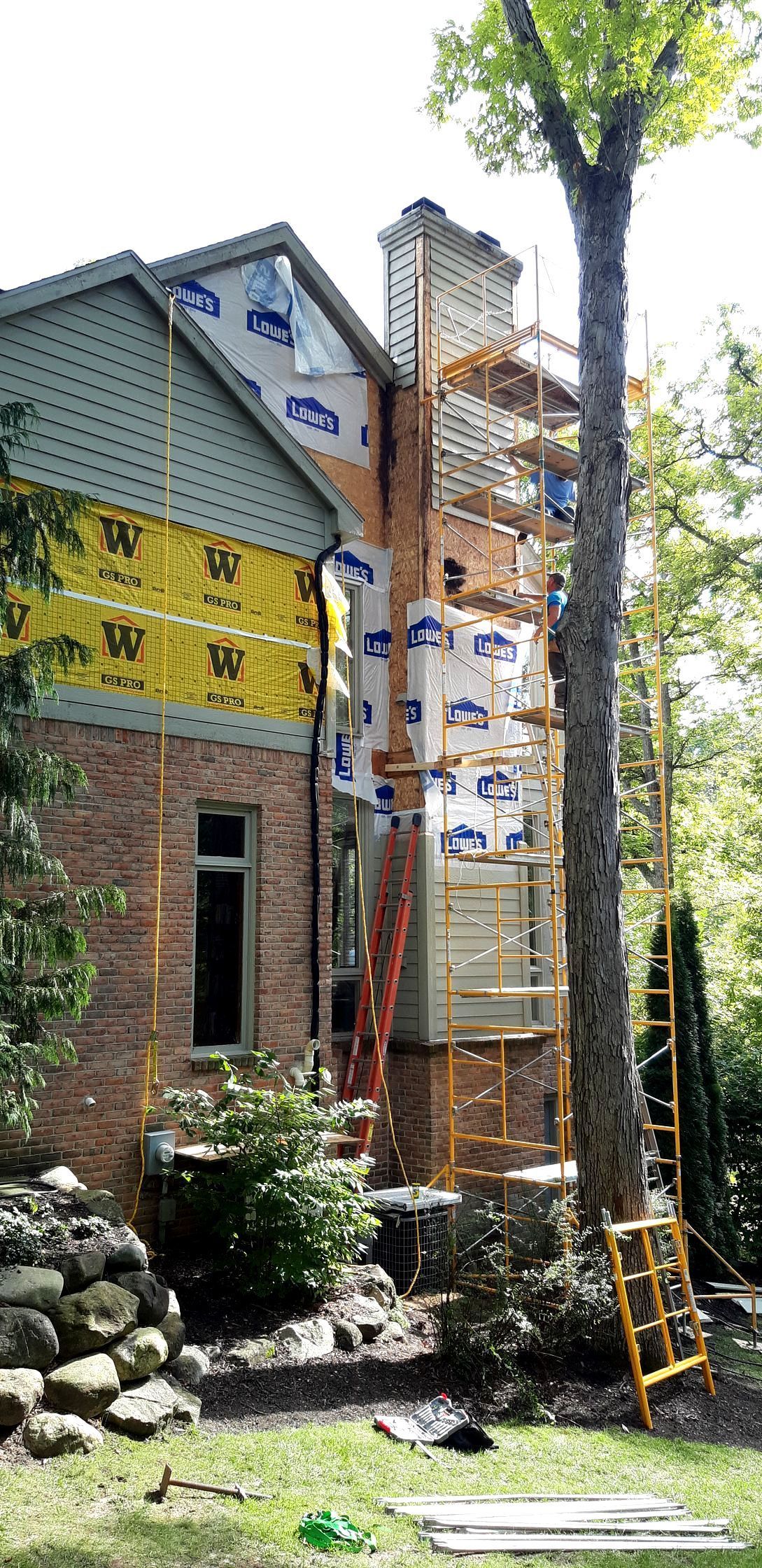What siding should I choose?
Siding Solutions: Enhancing Your Home's Aesthetics and Functionality
When it comes to home exteriors, few elements make as significant an impact as siding. Not only does siding contribute to the overall aesthetic appeal of your home, but it also serves crucial functional roles such as protection against the elements and insulation. Choosing the right siding material can transform your home's appearance, increase its value, and improve energy efficiency. In this blog post, we'll explore the importance of siding, popular siding materials, and factors to consider when selecting the ideal siding for your home.
The Importance of Siding:
Siding is not merely a cosmetic feature; it plays a vital role in safeguarding your home from harsh weather conditions, pests, and other environmental factors. Quality siding helps to prevent moisture penetration, which can lead to mold, rot, and structural damage over time. Additionally, it acts as a barrier against wind, rain, and UV rays, maintaining the integrity of your home's interior and preserving its longevity.
Popular Siding Materials:
- Vinyl Siding:
- Vinyl siding is one of the most popular choices due to its affordability, durability, and low maintenance requirements. It comes in a variety of colors and styles, allowing homeowners to achieve their desired look without breaking the bank.
- With advancements in manufacturing techniques, modern vinyl siding replicates the appearance of traditional materials such as wood or stone, offering versatility and aesthetic appeal.
- Wood Siding:
- Wood siding exudes natural beauty and charm, adding warmth and character to any home. Cedar, redwood, and pine are common choices for wood siding, each offering unique textures and grains.
- While wood siding requires more maintenance than vinyl or other synthetic options, regular painting or staining can help preserve its appearance and protect against moisture damage.
- Fiber Cement Siding:
- Fiber cement siding combines the aesthetics of wood with the durability of cement, making it a popular choice for homeowners seeking a low-maintenance yet stylish option.
- This composite material is resistant to rot, insects, and fire, offering long-lasting protection and peace of mind.
- Metal Siding:
- Metal siding, typically made from aluminum or steel, provides excellent durability and weather resistance. It's available in a range of finishes, including painted, textured, or embossed styles.
- While metal siding may have a higher upfront cost compared to other materials, its longevity and minimal maintenance requirements often make it a cost-effective investment in the long run.
PROS & CONS OF VARIOUS SIDING MATERIALS
- Vinyl Siding:
- Pros:Affordability: Vinyl siding is generally one of the most budget-friendly options available.
- Low Maintenance: Requires minimal upkeep, typically only needing occasional cleaning with soap and water.
- Variety: Comes in a wide range of colors, textures, and styles to suit different architectural preferences.
- Durability: Resistant to rot, insects, and moisture, making it a long-lasting choice.
- Cons:Limited Repairability: Damaged sections may need to be replaced entirely, as color matching can be challenging.
- Fading: Over time, vinyl siding may fade due to prolonged exposure to sunlight.
- Environmental Concerns: Production and disposal of vinyl siding can have environmental impacts, including the release of harmful chemicals.
- Wood Siding:
- Pros:Natural Beauty: Offers a timeless, rustic appearance that enhances the aesthetic appeal of homes.
- Customization: Can be painted or stained in various colors to achieve the desired look.
- Eco-Friendly: Renewable and biodegradable material, making it a sustainable choice.
- Insulation: Provides excellent thermal insulation properties, helping to regulate indoor temperatures.
- Cons:High Maintenance: Requires regular sealing, staining, or painting to protect against moisture and UV damage.
- Vulnerability to Pests: Prone to insect infestations and decay if not properly maintained.
- Cost: Initial installation costs can be higher than some other siding options, and ongoing maintenance adds to the expense.
- Fiber Cement Siding:
- Pros:Durability: Resistant to rot, fire, insects, and harsh weather conditions, ensuring long-term performance.
- Low Maintenance: Requires minimal upkeep and is not susceptible to warping, cracking, or fading.
- Versatility: Available in various textures and finishes, including options that mimic the look of wood or masonry.
- Warranty: Many fiber cement siding products come with lengthy warranties, providing added peace of mind.
- Cons:Installation Complexity: Fiber cement siding is heavy and may require professional installation, which can increase upfront costs.
- Cost: While more affordable than natural wood siding, fiber cement may have a higher initial cost compared to vinyl or metal options.
- Moisture Management: Proper installation and sealing are crucial to prevent moisture infiltration and subsequent damage.
- Metal Siding:
- Pros:Longevity: Extremely durable and resistant to corrosion, rust, and pests, offering a lifespan of 50 years or more.
- Low Maintenance: Requires little upkeep beyond occasional cleaning, making it a hassle-free option.
- Energy Efficiency: Reflective properties help to reduce heat absorption, improving energy efficiency and lowering utility bills.
- Sustainability: Often made from recycled materials and fully recyclable at the end of its lifespan.
- Cons:Denting: Prone to denting from impacts, such as hail or flying debris during storms.
- Noise: Metal siding can amplify exterior noises, though this can be mitigated with proper insulation.
- Limited Aesthetics: While available in various colors and finishes, metal siding may not offer the same natural warmth as wood or the texture of other materials.
Factors to Consider:
When selecting siding for your home, several factors should be taken into account:
- Climate: Choose a siding material that can withstand the prevalent weather conditions in your area, whether it's extreme heat, cold, humidity, or precipitation.
- Budget: Consider the initial cost of the siding material as well as long-term maintenance expenses to ensure it aligns with your budgetary constraints.
- Aesthetic Preferences: Select a siding style, color, and texture that complements your home's architectural design and reflects your personal taste.
- Energy Efficiency: Look for siding options with good insulation properties to enhance energy efficiency and reduce heating and cooling costs.
- Maintenance Requirements: Evaluate the level of upkeep required for each siding material and choose one that fits your lifestyle and maintenance preferences.
Conclusion:
Siding is a crucial component of your home's exterior, providing both aesthetic appeal and functional benefits. Whether you prefer the affordability of vinyl, the natural beauty of wood, the durability of fiber cement, or the sleekness of metal, there's a siding solution to suit every homeowner's needs and preferences. By carefully considering factors such as climate, budget, aesthetics, energy efficiency, and maintenance requirements, you can select the perfect siding material to enhance your home's curb appeal and protect it for years to come.








